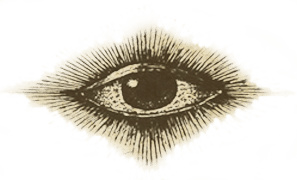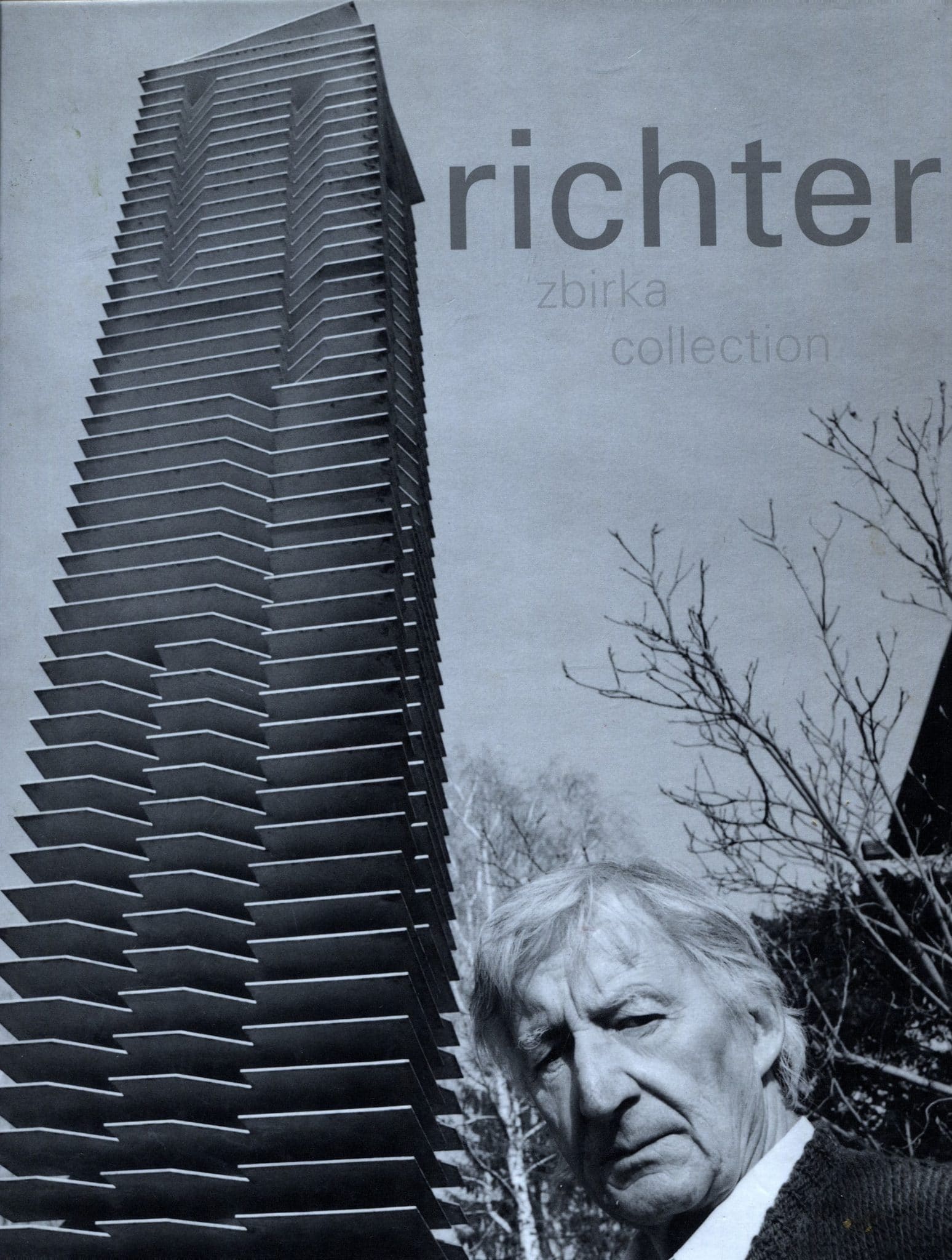Zbirka
Richter, Autor
Zbirka
Autor: Richter
Stanje: Rabljeno
Uvez: Tvrdi
Format: 29x21
Izdavač: Hrvatski izdavač
Godina: 2003.
Stranica: 227
Jezik: Hrvatski

Cijena: 22,90 €
(~172,54 kn)
Opis:
The entire creative works of one of the most influential Croatian artists of the 1950s and 1960s is presented in the one-storey villa at the address Vrhovac 38, known today as the Collection of Vjenceslav Richter and Nada Kareš Richter. Its history begins in 1980, when Vjenceslav Richter and his wife Nada Kareš Richter donated works of art and their family home to the city of Zagreb with the objective of creating a place where Constructivist Art could be studied, where young artists could gather, as well as to encourage the spreading of cultural contents outside the core downtown area of Zagreb.
The Richter Collection, as it is most frequently called, was entrusted for management to the Museum of Contemporary Art in 1998. This was the beginning of intensive work on the expert processing of the works of art of Vjenceslav Richter, as well as close cooperation between the museum curator and the artist, directed towards creating conditions for opening up the collection to the public. At the initiative of the donor, the park was set up with an arrangement of sculptures, while the ground floor of the villa was redecorated to host a permanent exhibition of donated works. In the spring 2000, the Collection was opened to the public, while the close cooperation between Vjenceslav Richter and the Museum continued with the artist’s dedication to increasing the donation with new works. Today, 182 works of art, created in the period from 1963 to 2002, are kept in the Collection, and they touch upon all of the areas of Richter’s artistic activities.
About the works in the collection
Vjenceslav Richter was always dedicated to the problem of synthesis in art. After experimenting in architecture and urbanism, he devoted himself to sculpture in the 1960s. In his first series of works, Centre and Centrije, originating from 1963 to 1965, he experimented with one of the fundamental geometrical shapes – the sphere. He broke up and built the inner space of the sphere with vertical and horizontal elements arranged to create its periphery.
In the 1960s and 1970s, alongside Richter’s Sinturbanism project, appeared the cycle entitled Systemic Sculptures, which emerged from Richter’s fascination with systems. The basic building unit is a square profile aluminum rod. By multiplying this unit, sculptures of various forms and formats are created. While studying the possibilities of the changeability of the form, sculptures emerged whose basic building units are movable. Richter calls the series of works, whose movable elements can be pushed in or pulled out to create an infinite array of possibilities, the Reliefmeter.
Systematic Print is a continuation of his systematic approach in the two-dimensional area in the 1970s. The system forms using four matrices, of which each consists of 900 fields, while the fundamental building element is the square, which varies from a full square to a thin square contour. Turning one matrix by 90o, a new situation arises and, with such a system, using only four matrices with four fixed colors, 914 different prints can be created. With this, the system is not exhausted, given that new artistic solutions can be obtained by using different colors.
He further developed the idea of the synthesis of the fine arts in Spatial Systemic Print – a cube of transparent surfaces printed with matrices of systemic prints – and Spatial Prints, in which the spatiality of the line is achieved by extending the aluminum rod within a transparent cube according to a specific system between two parallel sides.
Spatial Systemic Prints are a transition from Systemic Prints towards Spatial Paintings. In some thirty works created in the late 1990s, the borders between the fine arts were erased. The Spatial Picture is a cube with transparent sides, divided in one direction into three parts with two transparent dividers. Each area is designed differently with colored self-adhesive bands, while any alteration to one surface affects the other fifteen surfaces. At the same time, the Spatial Painting can be thought of as a two-dimensional painting, as a sculpture without matter and as architecture without a practical function.
In the middle of the 1970s, continuing to experiment in the fine arts, a series of some twenty works of Systemic Painting was created, for which Vjenceslav Richter developed a special geometrical tool, triangles with angles of 20, 40, 60, 80 and 100º. With them, he created a scale of “neglected” angles and, in a certain way, protested against the frequent use of the right angle. Each painting was marked with a special sign, which shows the angles used.
At the end of the 1970s, and especially the 1980s and 1990s, Richter drifts away from the strict geometrical structures. The series of works entitled Spontaneous Drawings, Spontaneous Prints and Free Drawings emerged thanks to the freely led line or with the completely free stroke of the hand in two or three colors. Closely related to these works are Gravitational Drawings, in which, by pouring ink on paper, abstract drawings are formed owing to the force of gravity.
Numerous sketches, drawings and theoretical debates that are kept in the Richter Collection archive bear witness to the unfortunate fact that many of his projects have been left unrealized. During his entire artistic career, Richter was dedicated to an innovative approach in resolving certain problems, which, up till that point, had not been recognized and established in contemporary art.
Vjenceslav Richter’s works of art can be found in numerous museums throughout the world, among which are The Tate Gallery in London, the Museum of Modern Art in New York, the Museum of Contemporary Art Kiasma in Helsinki, the Museo Civico in Padua and so on.













